Scientists have turned to string theory to better understand black holes, proposing they can be modeled as “fuzzballs” made up of interacting strings.
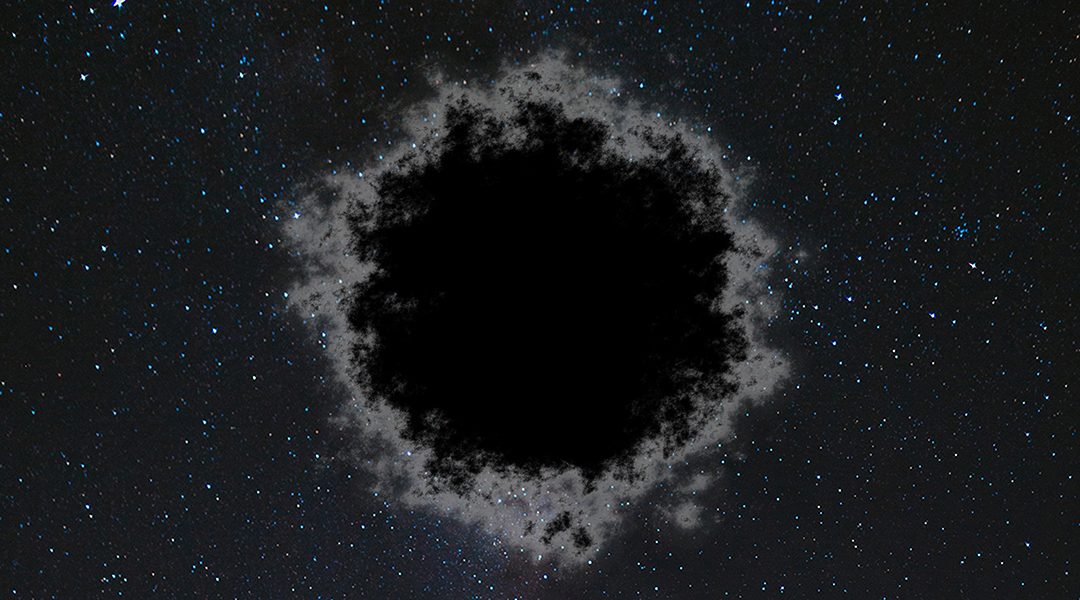

Scientists have turned to string theory to better understand black holes, proposing they can be modeled as “fuzzballs” made up of interacting strings.
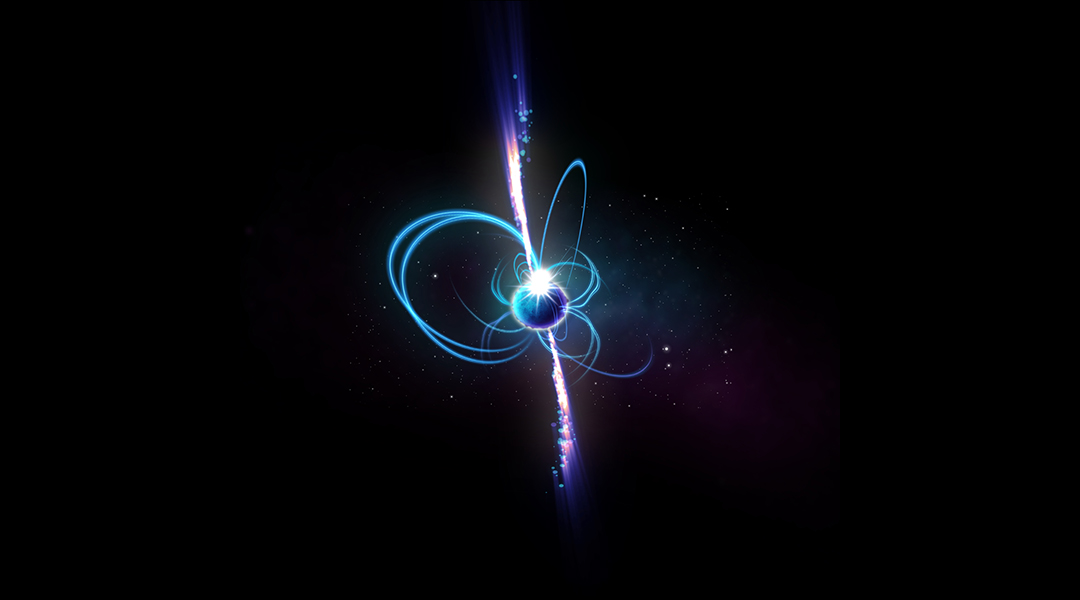
Scientists have observed a peculiar object emitting radio waves once every 20 minutes, and it may be a new kind of neutron star.
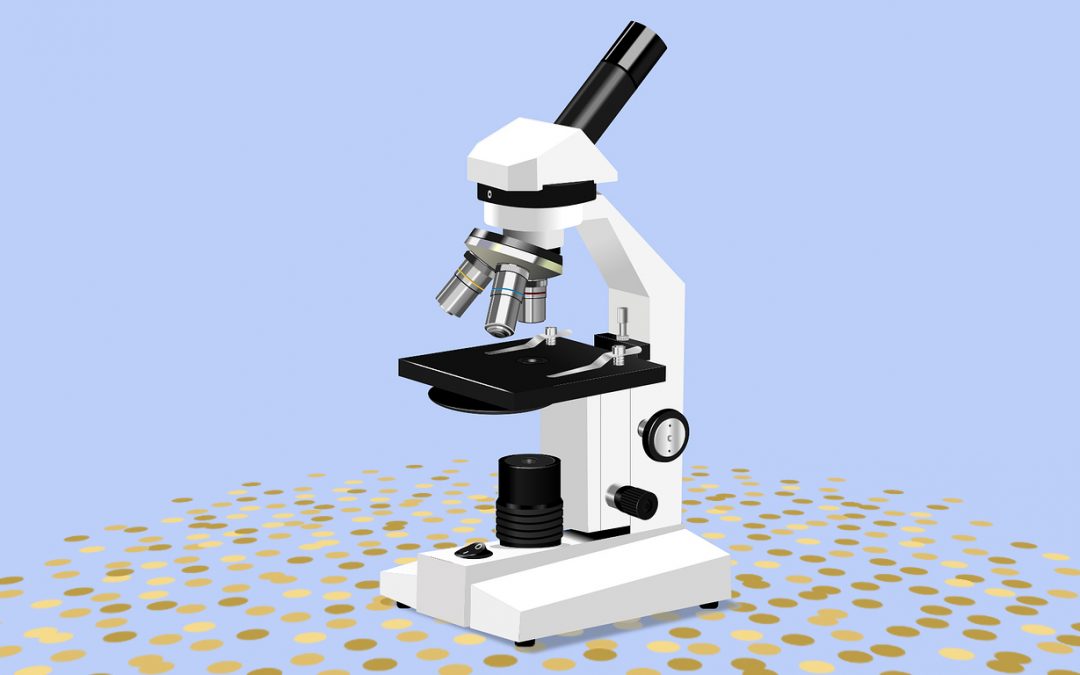
Catch up on some of the most exciting and impactful developments in science from this year, published on ASN and selected by our editors.
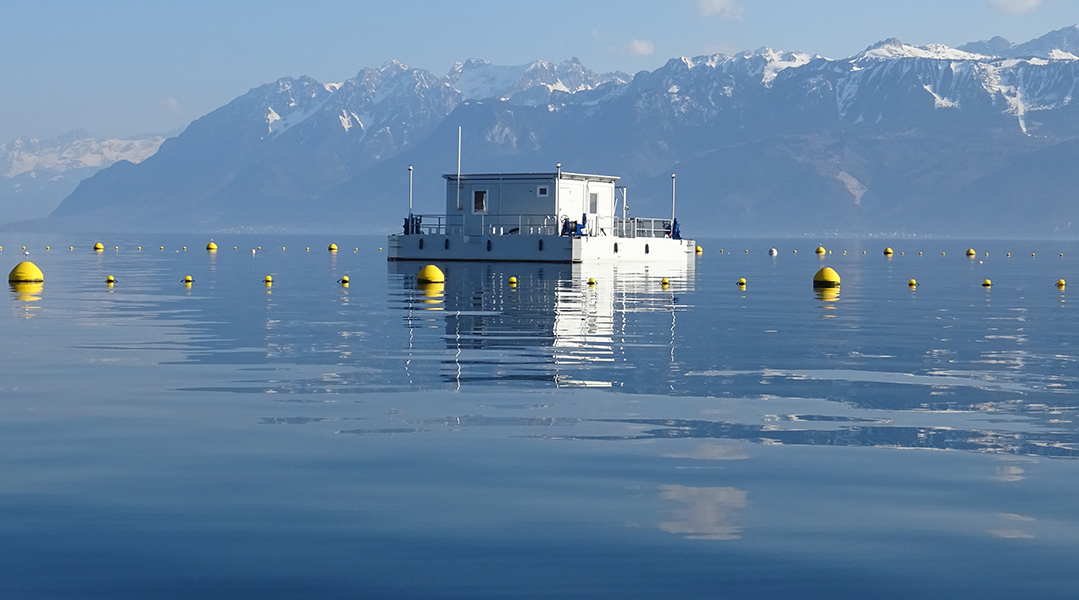
The LéXPLORE floating laboratory in Switzerland is providing unique insights into the changing environment of Lake Geneva.
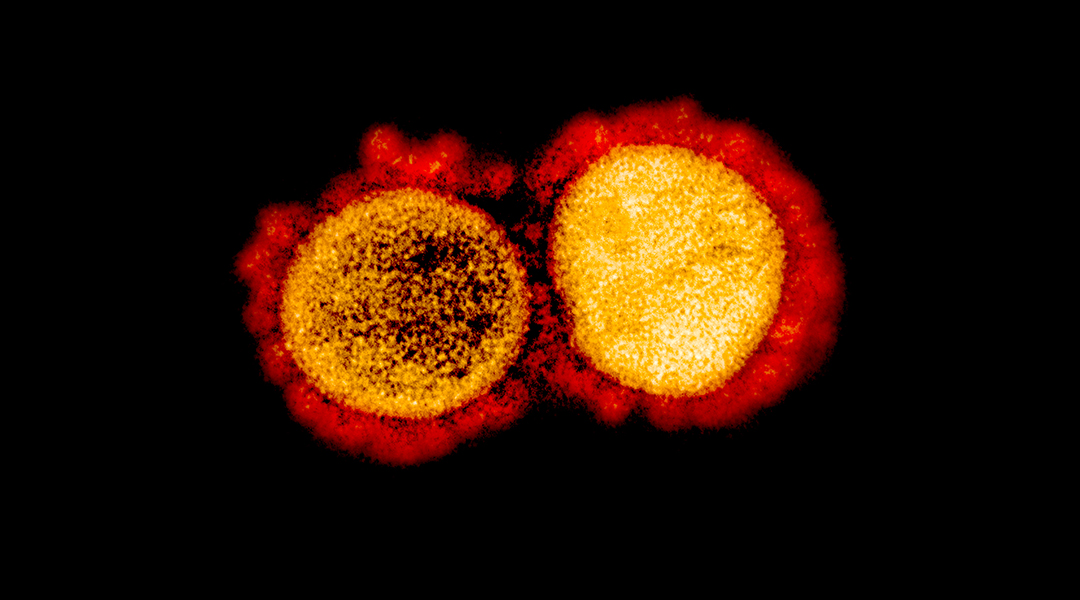
US company second to report impressive efficacy for its COVID-19 vaccine candidate.
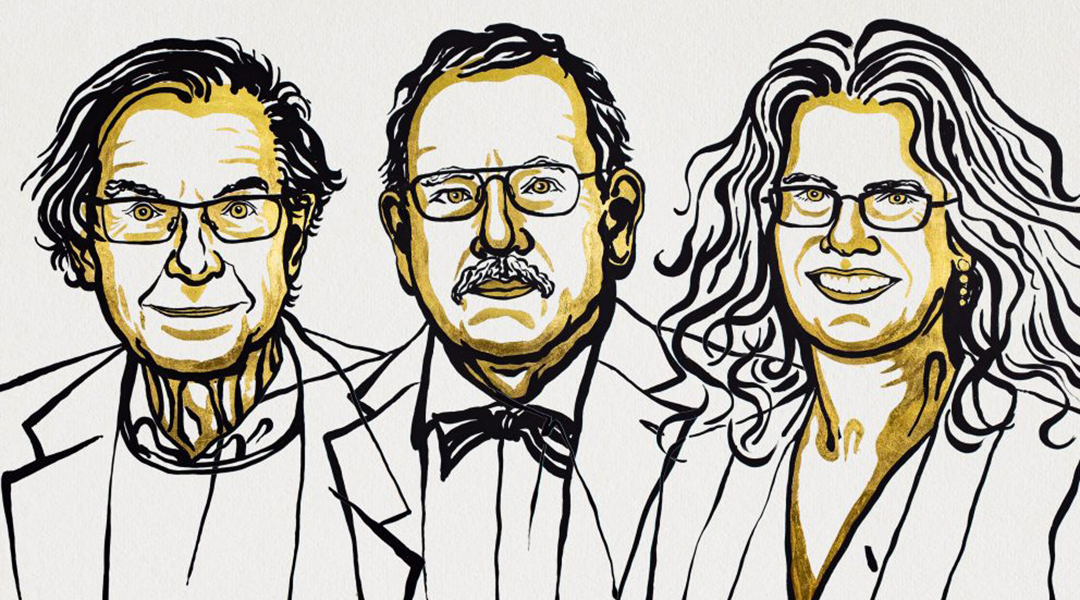
Three laureates share this year’s Nobel prize in physics for their discoveries about one of the most exotic phenomena in the universe: the black hole.
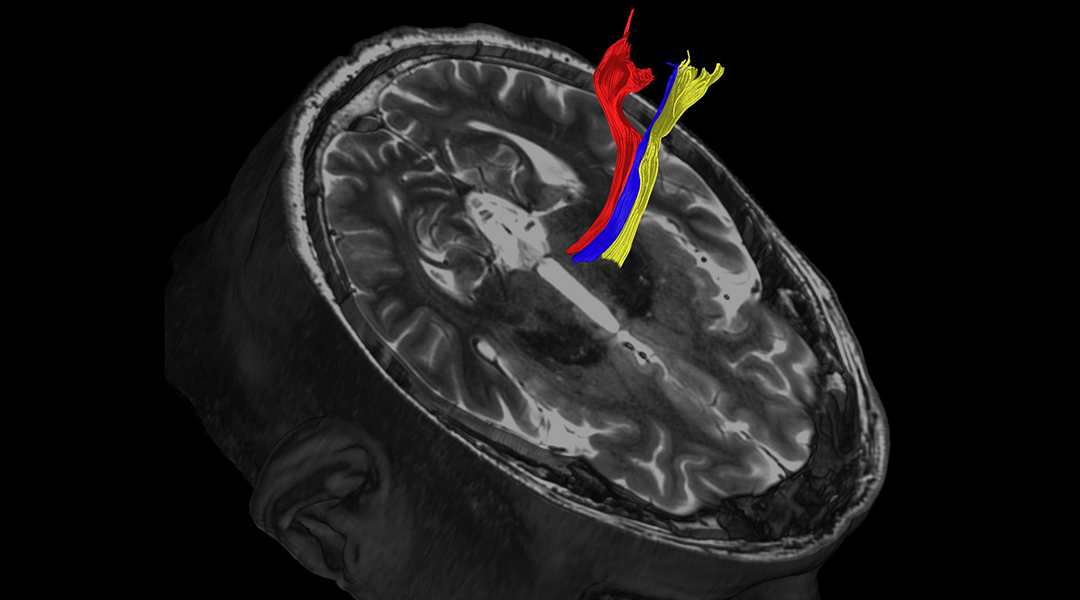
Advanced MRI scans may improve treatment of tremors in patients with Parkinson’s disease.
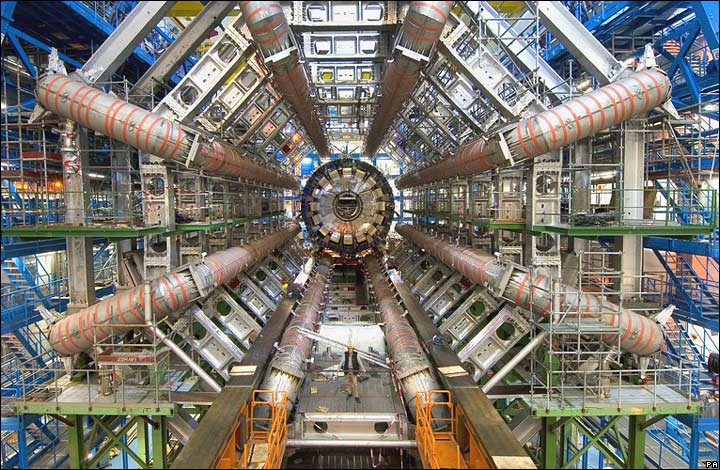
How did the results at CERN get so badly misrepresented?
Researchers have demonstrated a technique whereby the electronic properties of GBN heterostructures can be modified with visible light.
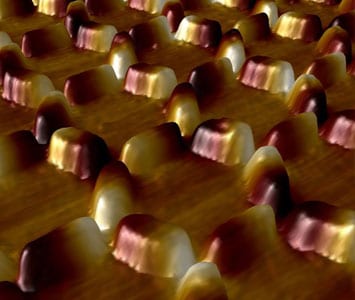
Honeycomb configuration helps disassemble magnetic islands—potential data storage and computational advances could follow.